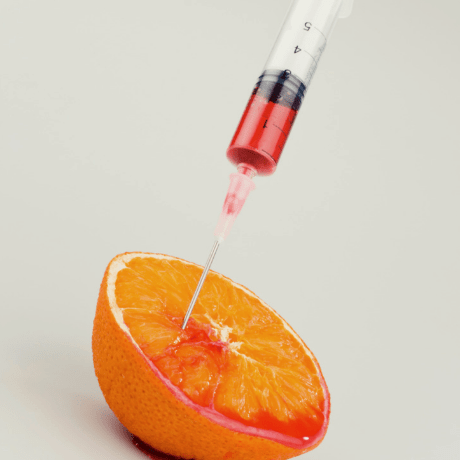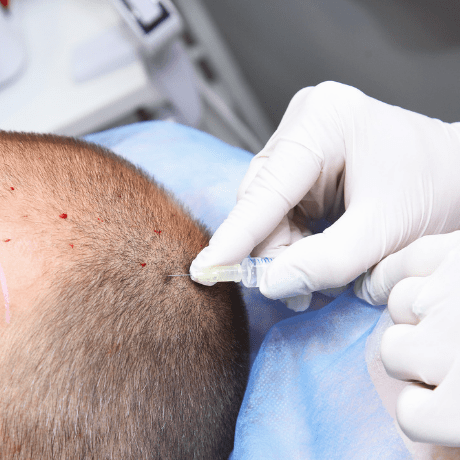Platelet-rich plasma (PRP) therapy is a hair loss treatment that involves a three-step procedure involving the withdrawing, processing and re-injecting of a person’s blood back into their scalp.
Practitioners of this treatment believe PRP injections stimulate natural hair growth by increasing the supply of blood to the hair follicle which in-turn increases the thickness of the hair shaft. On some occasions this treatment works in conjunction with other types of hair loss medications and procedures.
In other cases it also used for other ailments such as treating injured ligaments, tendons and muscles. Our blood contains two main components – plasma and red blood cells. Inside the plasma are white blood cells and platelets, which are high in growth factors. However, despite the treatment being available since the 1980s, there isn’t enough research to determine if PRP is an effective, long-term hair loss solution.
How does the process work?
There are three steps involved in PRP treatment. The first part of the procedure requires the drawing of blood from a patient’s arm. This goes into a centrifuge – a machine that spins the blood for about 10 minutes to separate the plasma from the red blood cells.
The last step involves drawing the platelet-rich plasma into a syringe. Areas of the scalp that are in need of hair growth receive these injections. It’s a meticulous process with injections taking place about every half inch in the targeted area. The full procedure takes about 30 minutes in total to complete.
Are there any risks involved with PRP?
Although withdrawing blood and using a syringe to inject it back into your scalp sounds scary, there are no real risks involved. At worst, some patients might experience a little discomfort and numbing, but this is rarely the case. For those that do, a little cool air or an ice pack will quickly alleviate any pain. Paracetamol is ideal for pain relief, and if any bruising occurs this will disappear within 1-2 weeks.
Patients should try to avoid hair maintenance for 1-2 days after the treatment. Warm showers help to encourage circulation and blood flow in the scalp and body thanks to the high temperatures.
Will undergoing PRP produce any side effects?
As you are injecting your own blood back into your scalp, you are in no danger of picking up a disease from someone else. However, anyone undergoing injections may still experience some side-effects. This could include anything from infections and scarring of tissue, to the calcification of injection points or injury to nerves and/or blood vessels.
There is an anaesthetic used during the therapy and there is always a chance you may have a negative reaction. Anyone who is considering using PRP therapy for hair loss should contact their doctor in advance to advise them about your anaesthetic tolerance levels.
Is There A Non-Surgical Alternative To PRP Therapy For Hair Loss?
Yes! If blood injections are not your thing, there is a safe alternative. The alternative is not a hair growth treatment- but a cosmetic tattoo treatment that can recreate the look of a full head of hair. Scalp Micropigmentation (SMP) is a guaranteed solution to hair loss and the results are instant. Scalp Micropigmentation is the ONLY hair loss treatment we offer at Skalp®- because it gives the best results. Learn more about SMP treatment here.
Top Related Posts:
Breakthrough In Research To Find Cure For Male Pattern Baldness
The Laser Comb For Hair Loss- What Is It And Does It Work?




